The world's sunniest places to visit
Sunny spots
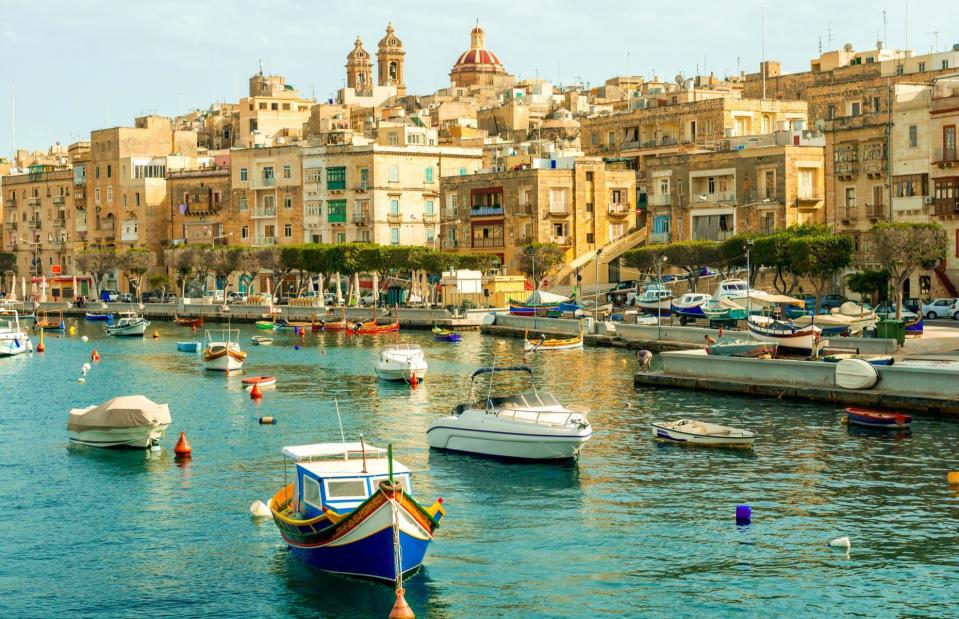
Tatyana Vyc/Shutterstock
The world just looks better in the sunshine. Regardless of what the weather’s doing where you are now, if you’re craving some vitamin D, these gorgeous pictures of the world’s sunniest places are sure to give you a fix. So grab your sunglasses and dig out some SPF as we count down the destinations which receive the most sunshine hours per year, using data from weather2travel.com.
Rio de Janeiro, Brazil (2,096 hours of sunshine)
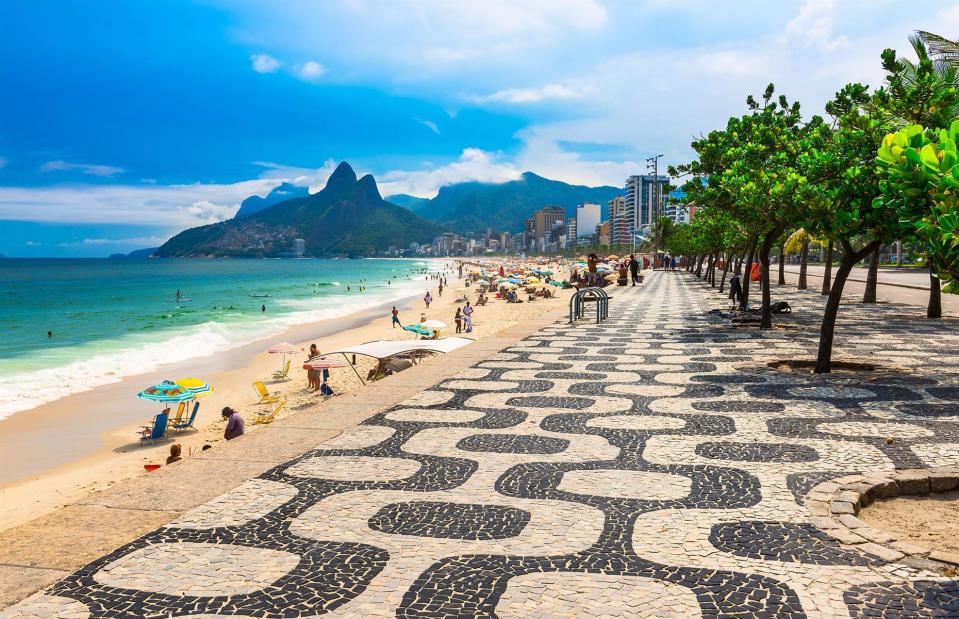
Catarina Belova/Shutterstock
With its world-class beaches, beautiful mountains and (of course) the famous Christ the Redeemer Statue, Rio de Janeiro is high on many travellers’ bucket lists. And there’s another reason to lust over it: it’s one of the sunniest places on Earth. Receiving an average of five to seven hours’ sunshine every day, temperatures are mid-20°C (around 70-81°F) year-round.
Luang Prabang, Laos (2,156 hours of sunshine)
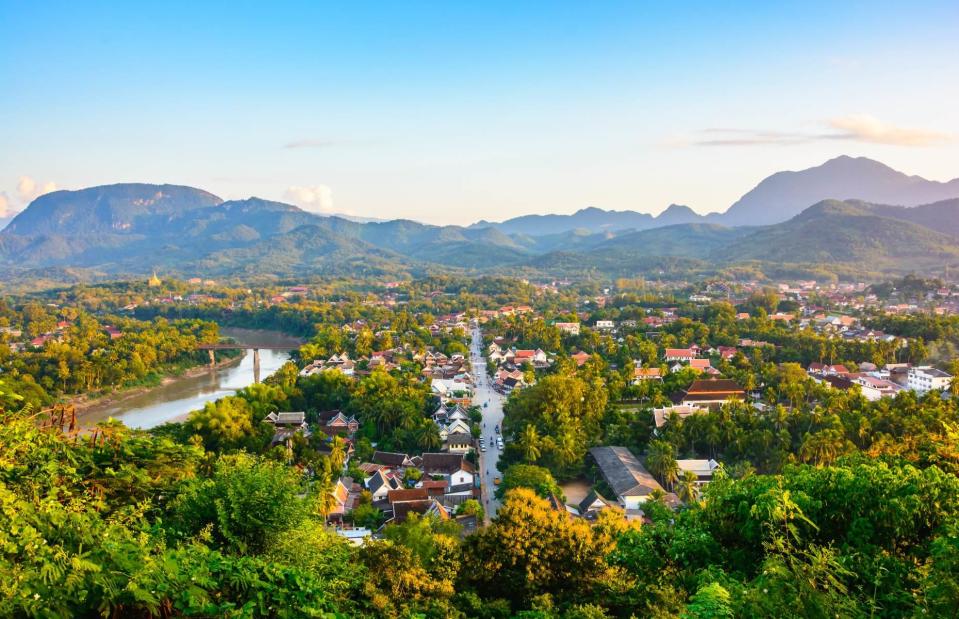
Torjrtrx/Shutterstock
Known for its Buddhist monasteries and quiet mountains, landlocked Laos has a slower pace of life than its neighbours. Luang Prabang, an ancient city in the north of the country, has beautiful temples and maze-like back streets filled with colourful street markets. The rainy season runs from May to October, but from November through to April, Luang Prabang basks in sunshine, with an average of six to seven hours per day.
Liguria, Italy (2,161 hours of sunshine)
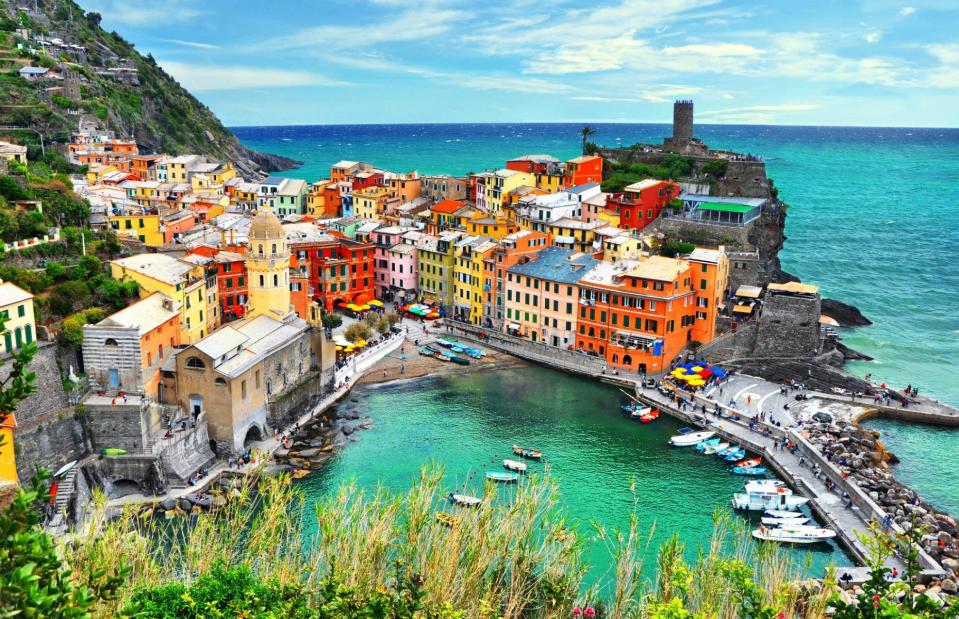
Minoli/Shutterstock
Though temperatures do drop in winter, Liguria has an average of eight to nine hours of sunshine per day in summer and experiences little rain throughout the year. And that’s certainly not all this destination has to brag about. Unbeatable food, colourful little houses framed by orange and lemon trees and stunning coastlines add to its charm. The Cinque Terre and Portofino areas offer particularly breathtaking views.
Ho Chi Minh City, Vietnam (2,190 hours of sunshine)

John Nguyen263/Shutterstock
Ho Chi Minh City has two main seasons: a dry season from November to April and a rainy season from May to October. Offering a better guarantee of sunny weather than cities in the north, it’s also reliably warm year-round. A hectic, bustling city crammed with people, cars and street food vendors, it has a burgeoning contemporary arts scene alongside cocktail bars and retro-chic cafés serving Vietnamese coffee.
Nelson, New Zealand (2,308 hours of sunshine)
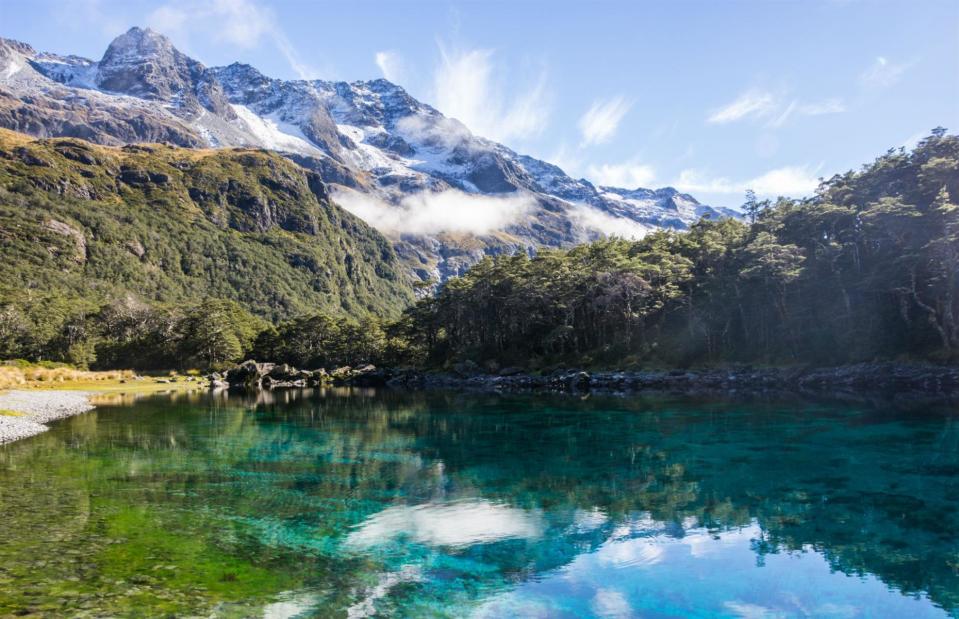
Mi-Chi/Shutterstock
Located on the South Island, Nelson’s one of the sunniest places in the country, with its 2,308 annual hours of sunshine earning it the nickname “Sunny Nelson”. Abel Tasman National Park – a breathtaking collection of islands and bays with aquamarine waters – attracts plenty of adventurous travellers.
Swakopmund, Namibia (2,435 hours of sunshine)
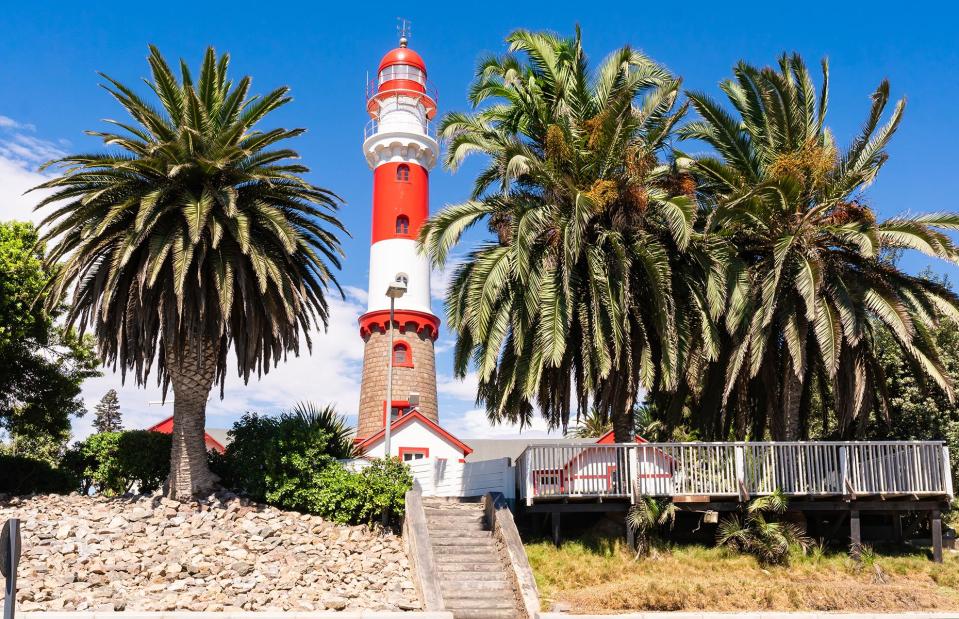
Ado Filmchen/Shutterstock
Surrounded by the coastal Namib Desert, considered the oldest desert in the world, Swakopmund gets an average of 2,435 hours of sunshine a year. It’s also one of the driest places on the planet, receiving just 0.25 inches (6.4mm) of rainfall annually. The city provides an insight into Namibia’s German colonial past. It’s filled with half-timbered, colourful buildings, bakeries selling German food and many of the streets have German names.
Langkawi, Malaysia (2,492 hours of sunshine)
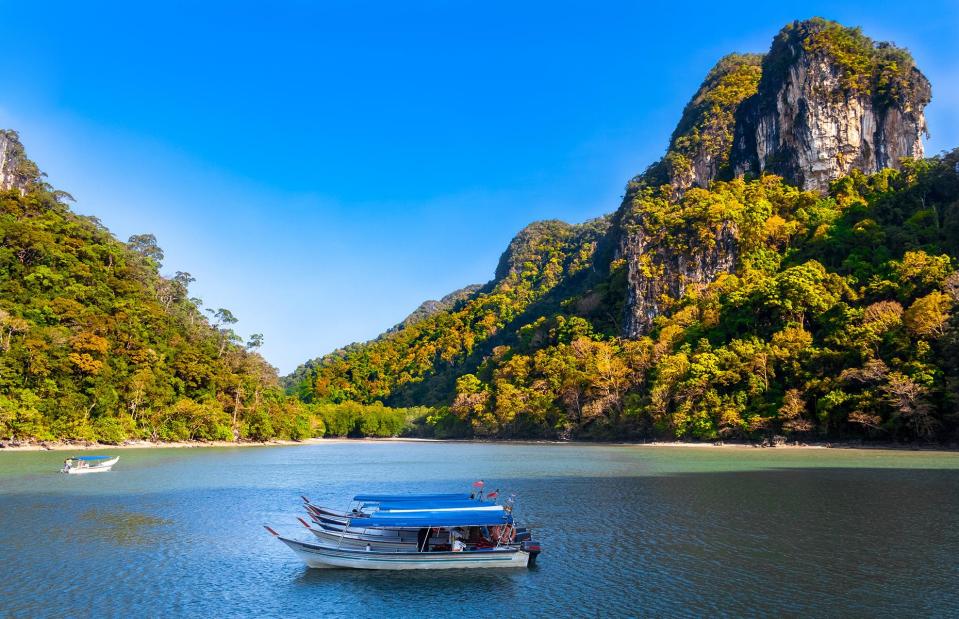
H-AB Photography/Shutterstock
Although it has a rainy season between September and October, Langkawi is arguably a year-round destination because the rain comes down in short, tropical bursts amid temperatures of around 27°C (80°F). It receives eight hours of sunshine per day from January to April, and there are plenty of gorgeous beaches for soaking up all that sun.
Cape Verde (2,522 hours of sunshine)
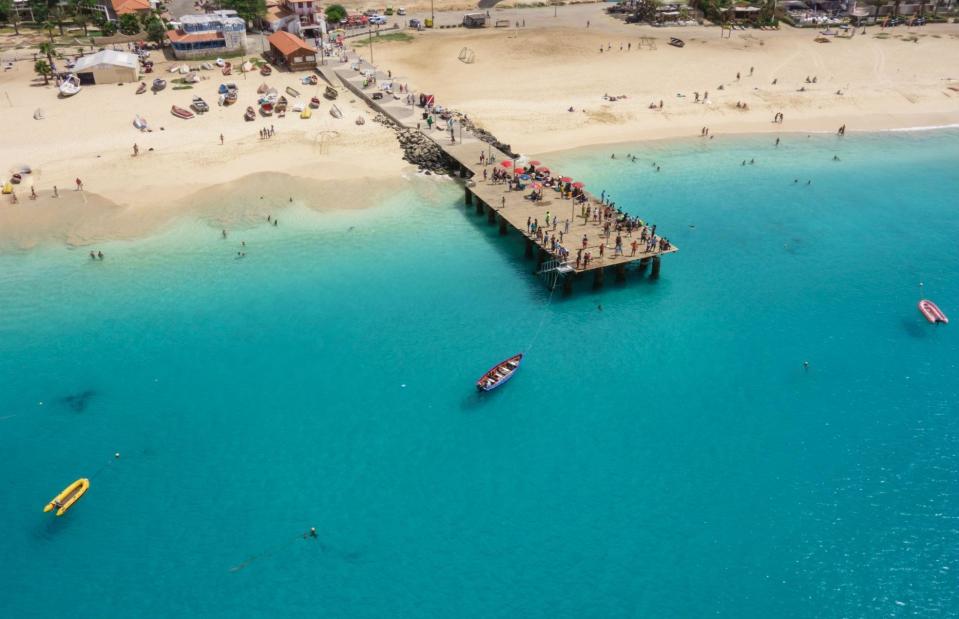
Samuel Borges Photography/Shutterstock
A 10-island archipelago off the coast of Senegal, Cape Verde is a sunny haven. As well as the fact temperatures rarely dip below 23°C (73°F), it receives a generous nine hours of sunshine in the sunniest month, April. Cape Verde was uninhabited until the arrival of the Portuguese in the 15th century and the influence remains today – most readily visible in the intriguing architecture.
Phuket, Thailand (2,552 hours of sunshine)

CHAINFOTO24/Shutterstock
While Thailand is generally prone to monsoons, Phuket is one of the most consistently sunny spots, with 2,552 annual sunshine hours and average temperatures between 27-29°C (80-84°F). The destination, which recently reopened to tourists, is best known for bustling markets, dazzling beaches and historic temples and shrines.
Madagascar (2,556 hours of sunshine)

Vaclav Sebek/Shutterstock
With its biologically rich rainforests and gorgeous beaches, Madagascar should be on the radar of any adventure-seeking traveller. The island, located off the coast of East Africa, has two distinct seasons: a hot, rainy season from November to April, and a cooler, dry season from May to October. However, its east coast is notorious for having hot, humid weather and destructive cyclones during the rainy season.
Valencia, Spain (2,588 hours of sunshine)
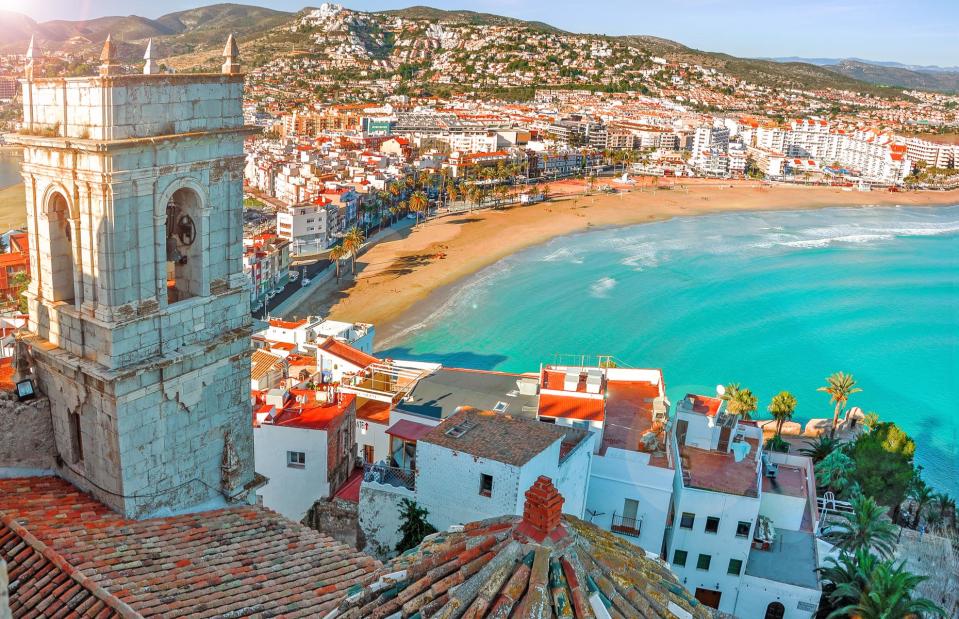
karnavalfoto/Shutterstock
Nowhere says sun, sea and sand quite like Spain, and port city Valencia sees in the region of 2,588 sunny hours per year. Naturally, sunbathing and swimming at its world-class beaches are among the most popular activities here, but there are also cultural gems galore: ancient Roman ruins, gorgeous churches and the coveted Benicàssim music festival, which takes place around an hour north of the city.
Tulum, Mexico (2,674 hours of sunshine)
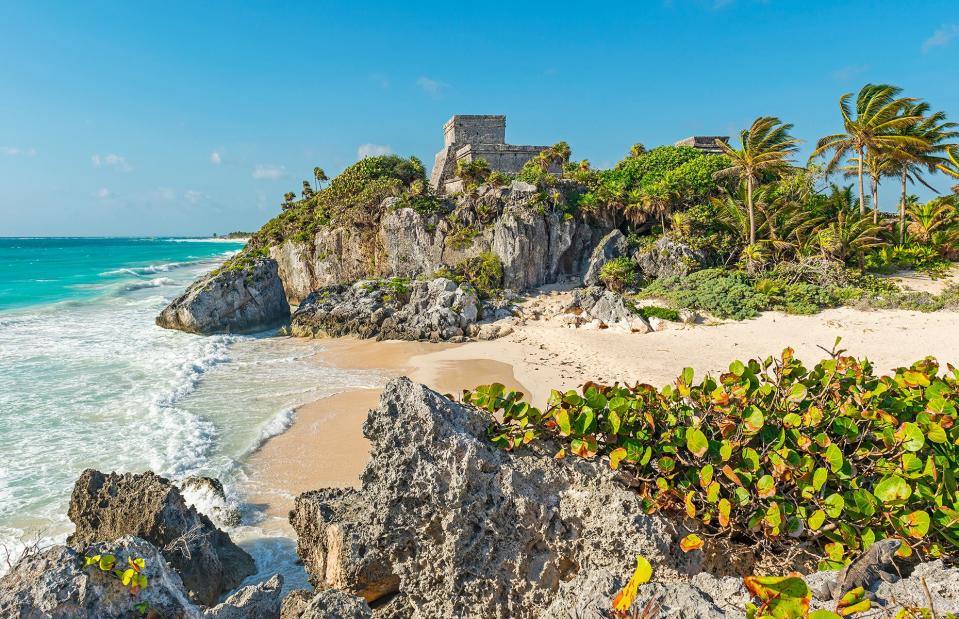
SL-Photography/Shutterstock
As if Mexico’s Yucatán Peninsula, with its jaw-dropping coastlines and wealth of wildlife, wasn’t stunning enough, it soaks up the sunshine pretty much year-round. In Tulum, the sunniest months are March to May, when you can expect on average eight hours per day. Temperatures, meanwhile, are warmest between May and September, when they hover at a toasty 28°C (82°F).
Tahiti, French Polynesia (2,677 hours of sunshine)
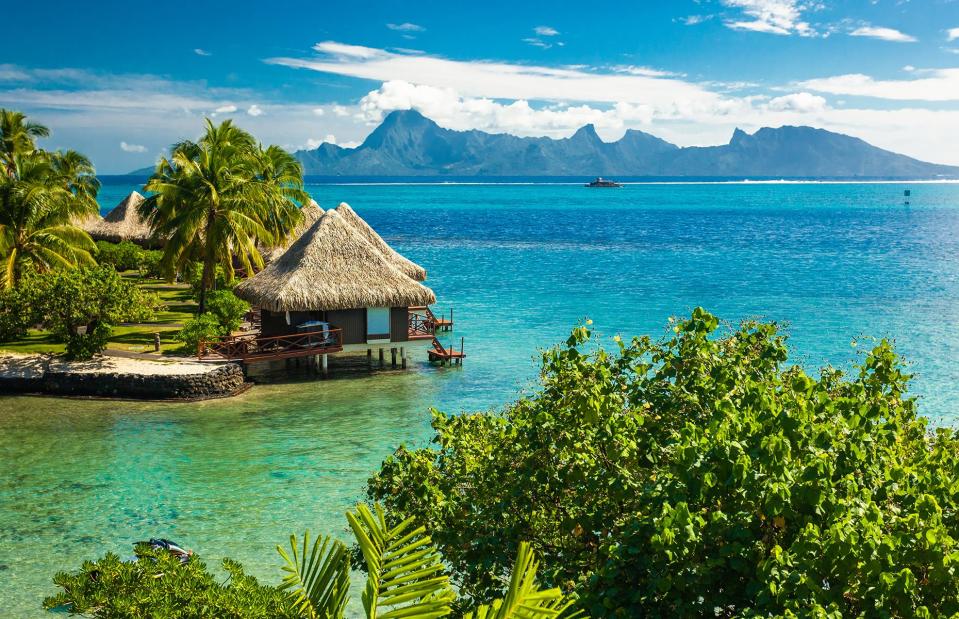
Tweith/Shutterstock
French Polynesia's largest island enjoys 2,677 hours of sunshine per year, as well as balmy temperatures which average 26°C (79°F). There are plenty of ways to soak in the vitamin D, from swimming in glistening oceans to enjoying seafood at a beachside restaurant, or staying at one of the island’s famous bungalows on stilts.
Corsica, France (2,682 hours of sunshine)
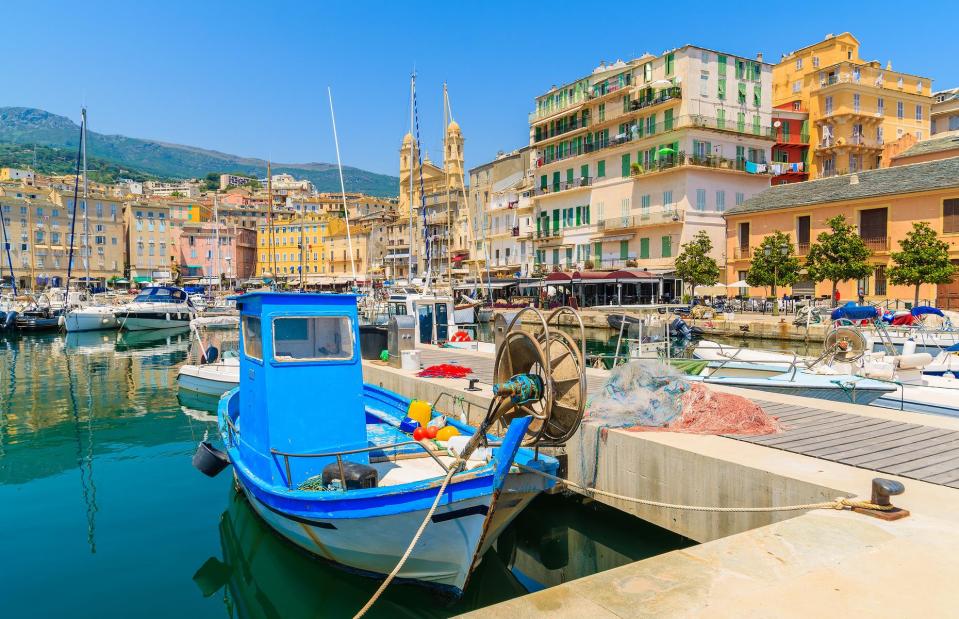
Pawe lKazmierczak/Shutterstock
Located in the Mediterranean Sea around 105 miles (170km) from southern France, the French island of Corsica is a lesser-known sun-seeker’s haven with 2,682 hours of sunshine per year. Visitors here can enjoy rugged, unspoiled landscapes: the Regional Natural Park of Corsica covers around 40% of the island, with a multitude of hiking and biking trails on offer.
Mauritius (2,706 hours of sunshine)
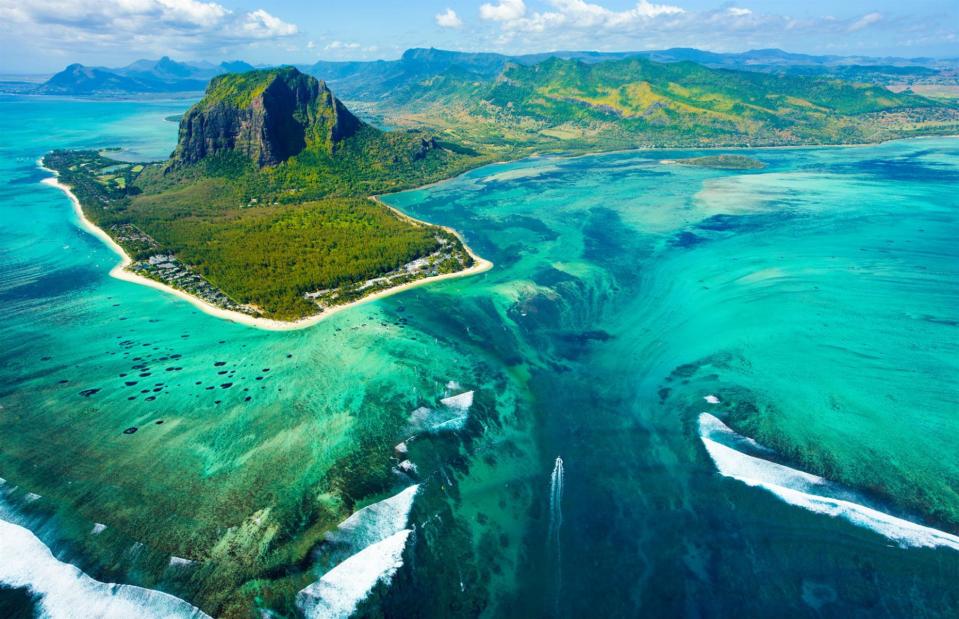
Myroslava Bozhko/Shutterstock
Temperatures rarely fall below 20°C (68°F) on the idyllic island of Mauritius. Situated in the heart of the Indian Ocean, it’s a tropical paradise with everything from coral reefs to rainforests and stunning coastlines on offer. As well as sunbathing on its lovely beaches, visitors typically opt for hiking up its lush mountains and exploring the wealth of delicious dining options here.
Byron Bay, Australia (2,738 hours of sunshine)
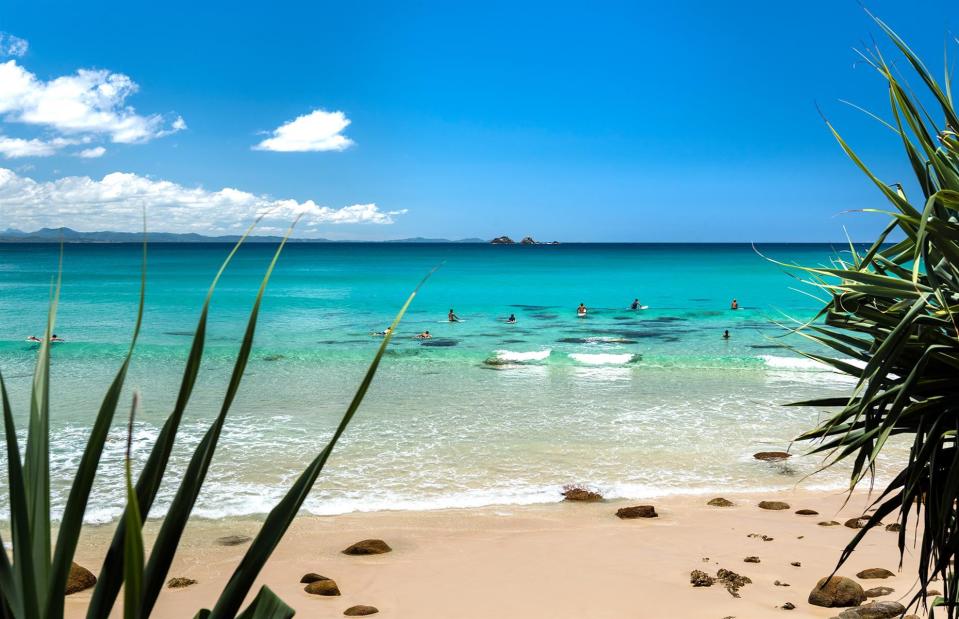
RugliG/Shutterstock
Enjoying 2,738 hours of sunshine a year in a location that’s perfect for soaking it up, Byron Bay is a hit with travellers. A bustling town with a yoga-meets-surf vibe, the southeastern coast gem is home to plenty of beachside bars and restaurants, as well as the ultra-photogenic Cape Byron Lighthouse.
Zanzibar, Tanzania (2,767 hours of sunshine)
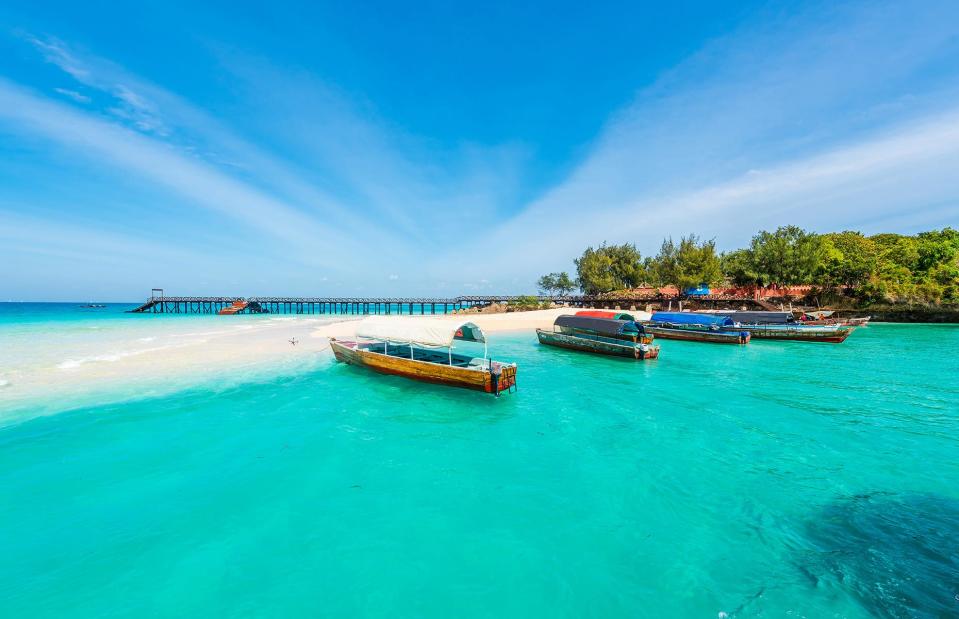
In Green/Shutterstock
Known as “Spice Island”, the Tanzanian island of Zanzibar has been a hub for the spice industry since ancient times. As well as taking a dip in crystal clear waters, visitors can explore the winding streets of Zanzibar City's old quarter, Stone Town, and sample spices at the historic Darajani Market. The island has a tropical climate, with year-round hot temperatures and two rainy seasons from March to May and from mid-October to December.
Sunshine Coast, South Africa (2,768 hours of sunshine)
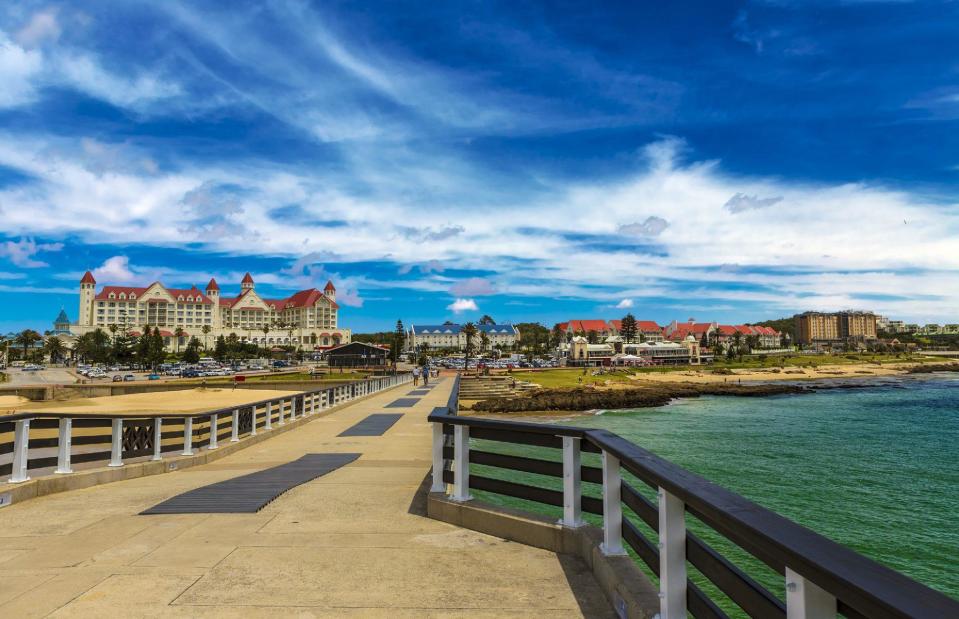
WitR/Shutterstock
It may not be especially surprising given the name, but South Africa’s Sunshine Coast is an absolute suntrap, getting on average seven to nine hours of the stuff each day. And it’s got mile after mile of beautiful beaches, with sheltered coves and warm waters making it ideal for swimming. Port Elizabeth is the biggest city in the area but the seaside town of Jeffreys Bay is equally charming.
Tenerife, Canary Islands, Spain (2,800 hours of sunshine)
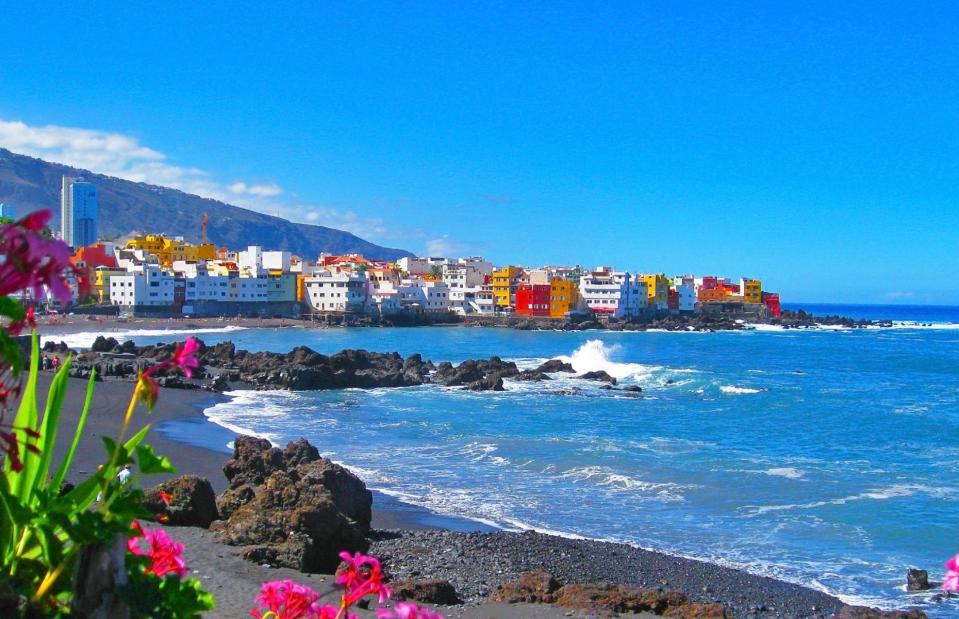
Elena19/Shutterstock
The recognisable black sandy beaches which line Tenerife’s coasts should come with a warning sign: they get incredibly hot in summer and can’t be trodden on without shoes. The largest of the Canary Islands, it receives a whopping 10 hours of sunshine a day in July, while temperatures are warm and mild throughout the year.
Lisbon, Portugal (2,805 hours of sunshine)
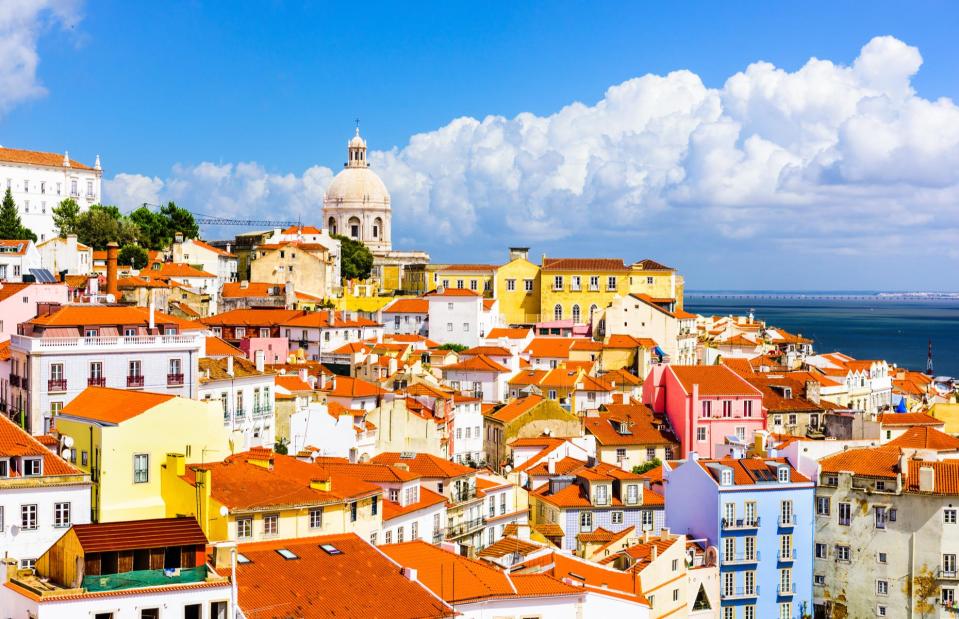
Sean Pavone/Shutterstock
Portugal’s coastal capital clocks up an average of 2,805 hours of sunshine per year. The sun-splashed city offers plenty to thrill its visitors, from world-beating galleries and museums to seafood restaurants serving up the catch of the day. By night, the Barrio Alto region transforms into a hub for nightlife with wine bars, cocktail bars and fado taverns allowing tourists to enjoy the city after sunset.
Costa del Sol, Spain (2,844 hours of sunshine)
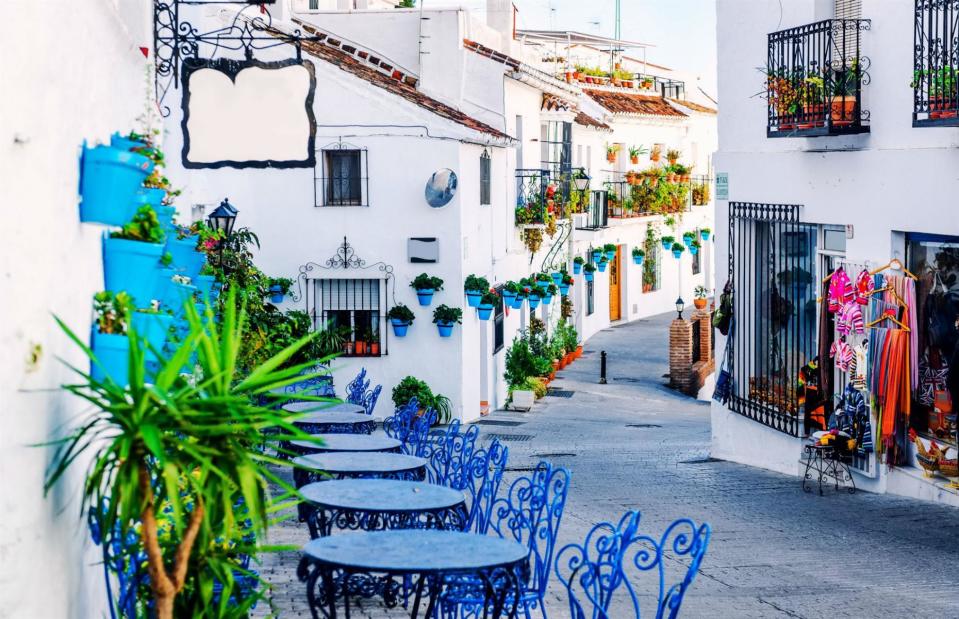
Alex Tihonovs/Shutterstock
Costa del Sol, which translates to Coast of the Sun, is one of the sunniest spots in Spain. Even when the temperature drops in winter, the forecast will still be warm and bright, averaging five to seven daily sunshine hours. With 100 miles (161km) of coastline, there are plenty of stunning beaches here, from the rugged coves of Axarquía in the east to the busier beaches in the west.
Hawaii, USA (2,953 hours of sunshine)
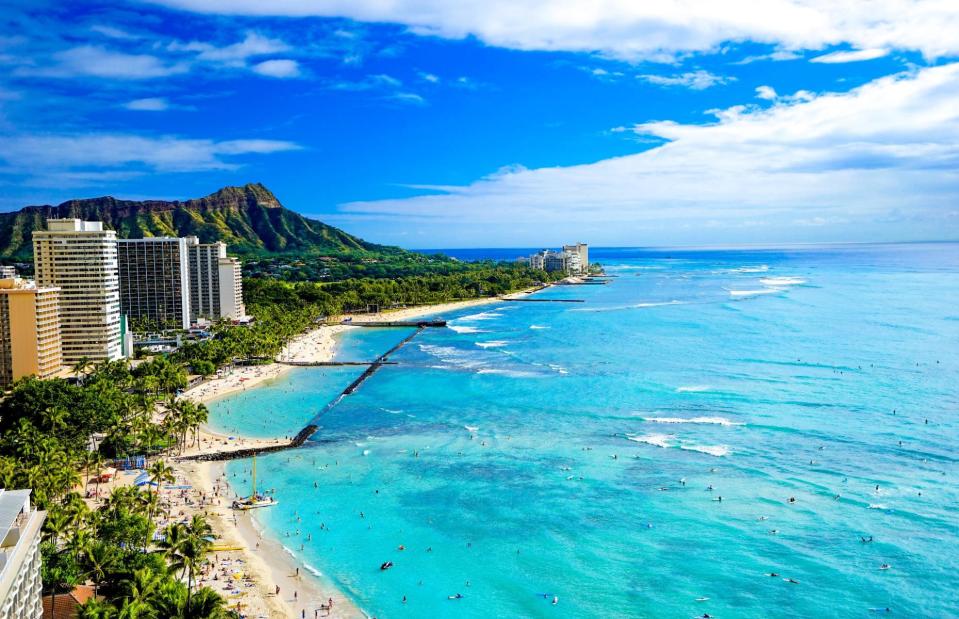
aines/Shutterstock
Hawaii is no stranger to a little rain but it remains consistently warm with average temperatures of 29.4°C (85°F) in the summer. Each of the six main islands has a unique character: Oahu is home to the bustling capital of Honolulu, with beaches and bars galore; the Island of Hawaii or “Big Island” offers gorgeous volcanic landscapes; while Maui is the hot spot for luxury resorts.
Valletta, Malta (2,955 hours of sunshine)
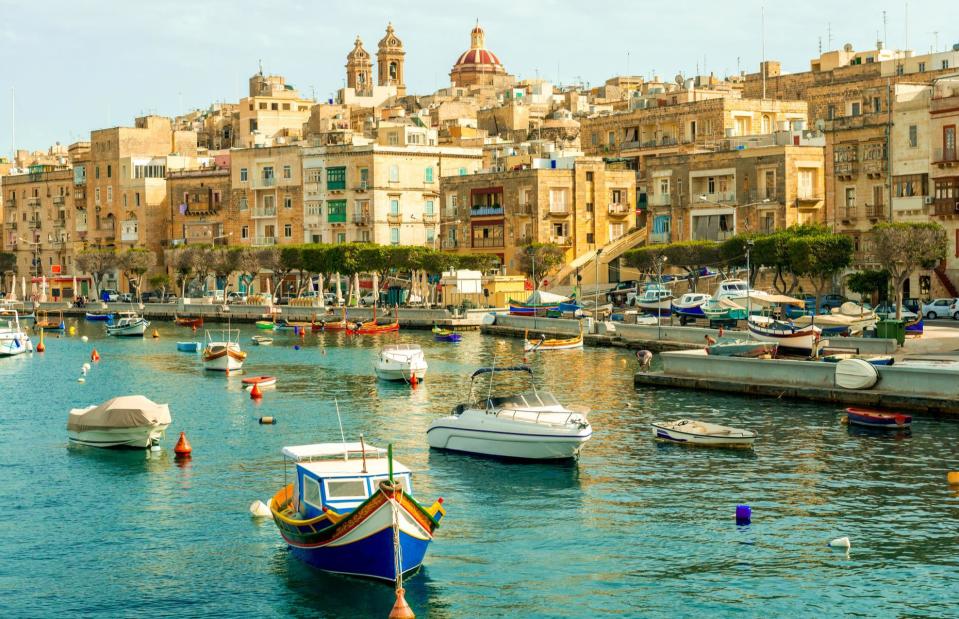
Tatyana Vyc/Shutterstock
Malta's sunny capital enjoys 2,955 sunshine hours each year, making it a top city break destination whatever the season. The city, which sits on a narrow 0.6-by-0.4-mile (1km by 600m) peninsula, is home to a treasure trove of cultural delights, including 16th-century buildings and the modern Rezno Piano City Gate.
Havana, Cuba (2,983 hours of sunshine)
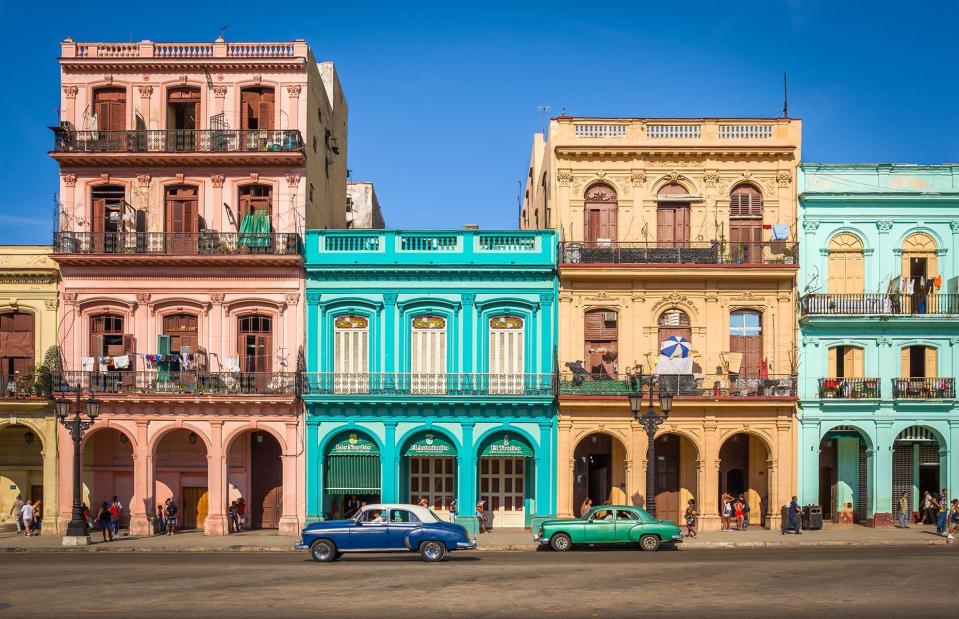
Maurizio De Mattei/Shutterstock
The sun seems to hardly ever stop shining in the Cuban capital of Havana, which receives at least seven hours a day. Temperatures usually range between a balmy 22°C (72°F) and 28°C (82°F) throughout the year. There’s plenty to do here – from admiring gorgeous colourful houses to exploring the vibrant arts scene – making Havana an up-and-coming tourist destination.
Saint Barthélemy, Caribbean (3,012 hours of sunshine)
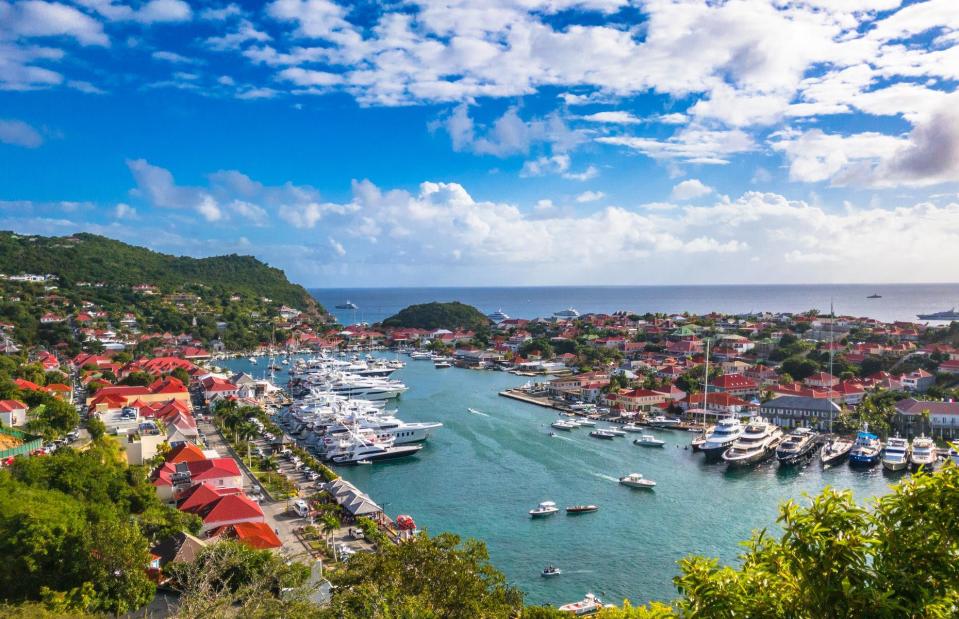
Sean Pavone/Shutterstock
More commonly known as St Barts, this paradise island is a popular retreat for the rich and famous who are keen to take advantage of the destination's 3,012 hours of sunshine per year. With pristine sandy beaches and a wealth of high-end restaurants, it's the perfect location for kicking back and getting away from it all.
Anguilla, Caribbean (3,012 hours of sunshine)
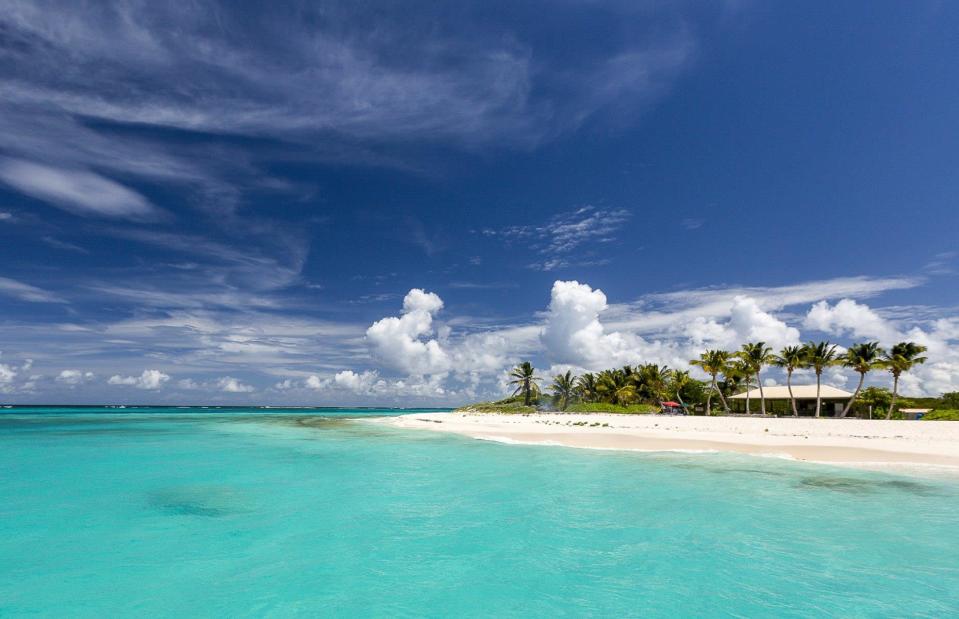
thierry dehove/Shutterstock
Staying in the Caribbean – a pretty reliable sunshine spot with its year-round tropical climate – Anguilla is another sun-seeker’s paradise. Offering a perfect blend of powdery beaches, bars and outdoor activities, it’s a good bet for those looking for lots of variety from a break. Average temperatures here range from 26°C (79°F) to 29°C (84°F), with sea breezes offering a little respite in the hottest months (May to October).
Punta Cana, Dominican Republic (3,040 hours of sunshine)
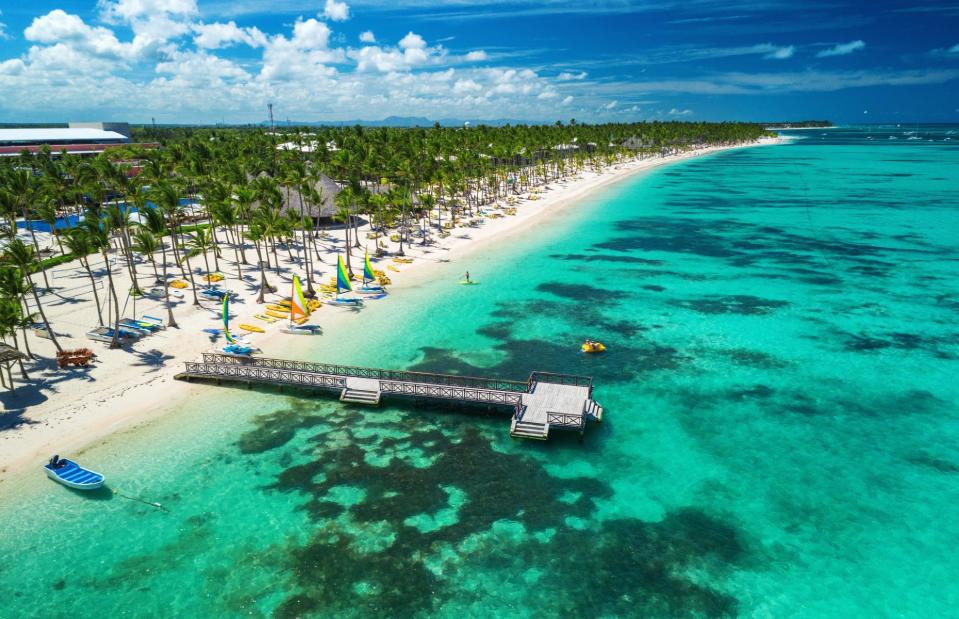
Valentin Valkov/Shutterstock
Enjoying warm weather all year, with average temperatures not dipping below 25°C (77°F) in winter, the beach town of Punta Cana is a firm favourite with those after a dose of winter sun. A number of all-inclusive resorts line the area's 30-mile (50km) stretch of beaches, and activities on offer include windsurfing and zip lining. Although there is no official rainy season in Punta Cana, the average rainfall increases during summer.
San Pedro de Atacama, Chile (3,073 hours of sunshine)
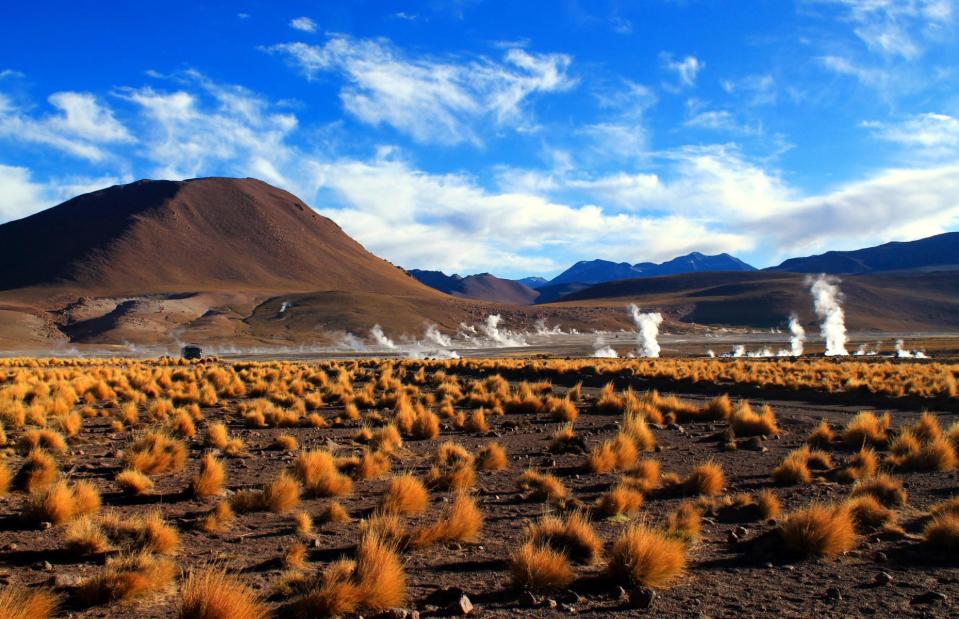
pickypalla/Shutterstock
Located in the Atacama Desert, it's no wonder this Chilean town enjoys sunny days pretty much year-round with average annual rainfall reaching just over 3.3 inches (83mm). Must-visit landmarks include Chaxa Lagoon, a salt flat in the Los Flamencos National Reserve that's home to plenty of flamingos, the traditional Andean village of Machuca and the geyser field of El Tatio (pictured).
Paphos, Cyprus (3,106 hours of sunshine)

Oleksandr Savchuk/Shutterstock
Racking up a whopping 12 hours of sunshine per day in June and July, Paphos is definitely more of a summer destination, as it cools off a little in the winter. Located on Cyprus’ southwest coast, the balmy city is home to lively local restaurants serving smoky grilled meats, excellent cheese, and sweet and savoury pastries. Twenty-five miles (40km) to the north is the stunning Akamas National Park, which offers stunning views across orange groves and rolling hills.
Santa Barbara, California, USA (3,106 hours of sunshine)
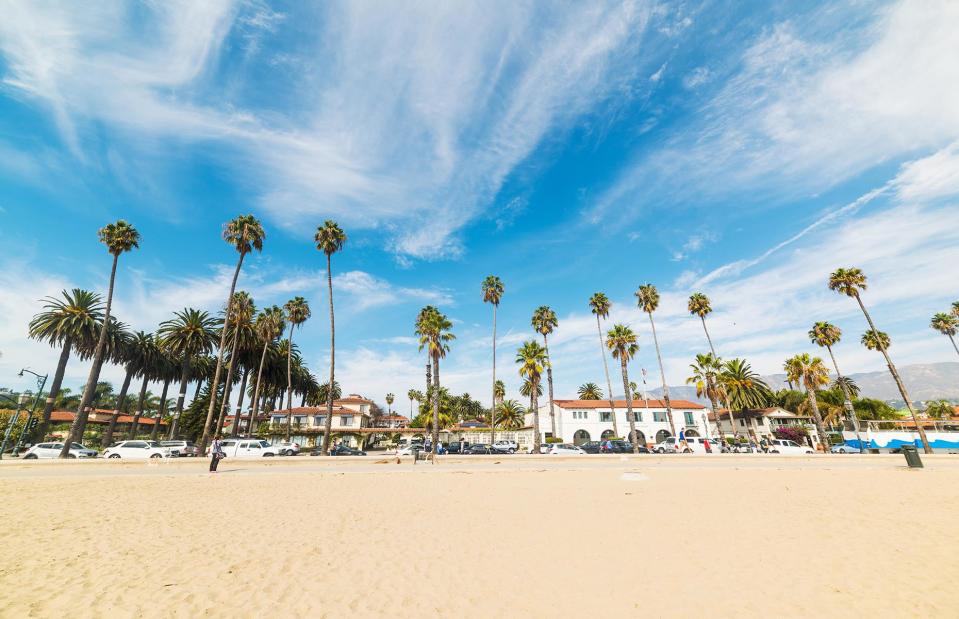
Gabriele Maltinti/Shutterstock
Santa Barbara’s weather is dreamy: 3,106 annual hours of sunshine, low humidity and temperatures that never plunge or get too hot. In autumn the seasonal Santa Ana winds bring in hot and dry weather, making sure the temperature never falls too low. Walking and hiking are popular here, with a gorgeous beach, Mediterranean-inspired buildings and surrounding mountains offering plenty to explore.
Florida, USA (3,164 hours of sunshine)
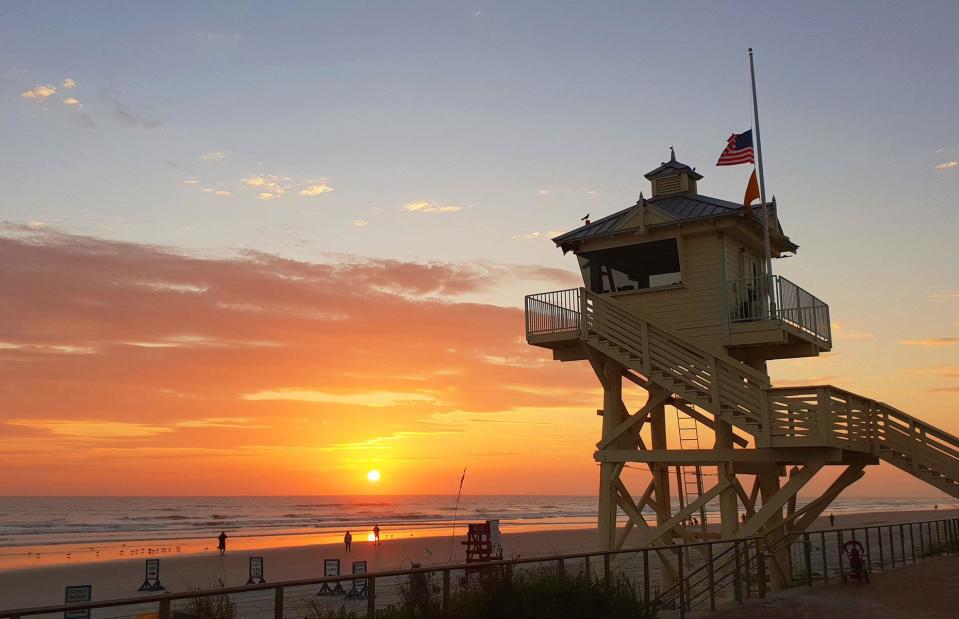
Karlina Valeiko
Florida is known as the Sunshine State for a very good reason: it receives an average of 3,164 hours of sunshine annually. There’s a little something for everyone. Theme parks (a little-known place called Walt Disney World being one), glamorous resort cities and dainty seaside towns all coexist here, so there are plenty of ways to enjoy the great weather.
Rhodes, Greece (3,291 hours of sunshine)
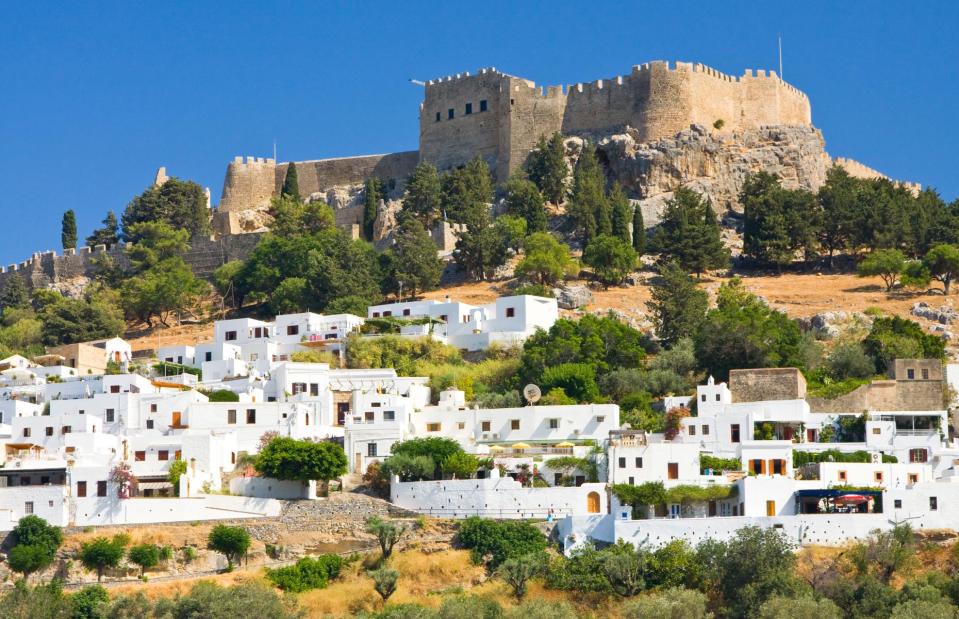
Dziewu/Shutterstock
The largest of the Dodecanese islands in Greece, Rhodes enjoys a whopping 3,291 hours of sunshine per year. Its Old Town, surrounded by medieval walls and lined with pretty cobbled streets, offers plenty of gorgeous sights, while the beach resort of Faliraki is a great suntrap. As for postcard-perfect views, the whitewashed buildings and hilltop acropolis of Lindos town are just the thing.
Tucson, Arizona, USA (3,413 hours of sunshine)

Ste Lane/Shutterstock
Arizona has a varied climate: around half is semi-arid, one-third is arid and the rest is humid. Its capital, Tucson, is in the semi-arid portion and receives just three inches (75mm) of rainfall throughout the summer months, when there’s on average 13 hours of sunshine a day. The city has three lakes – Silverbell, Kennedy and Lakeside – which are ideal for a spot of boating or fishing, while more intrepid travellers can explore the nearby Sonoran Desert (pictured).
Abu Dhabi, UAE (3,469 hours of sunshine)
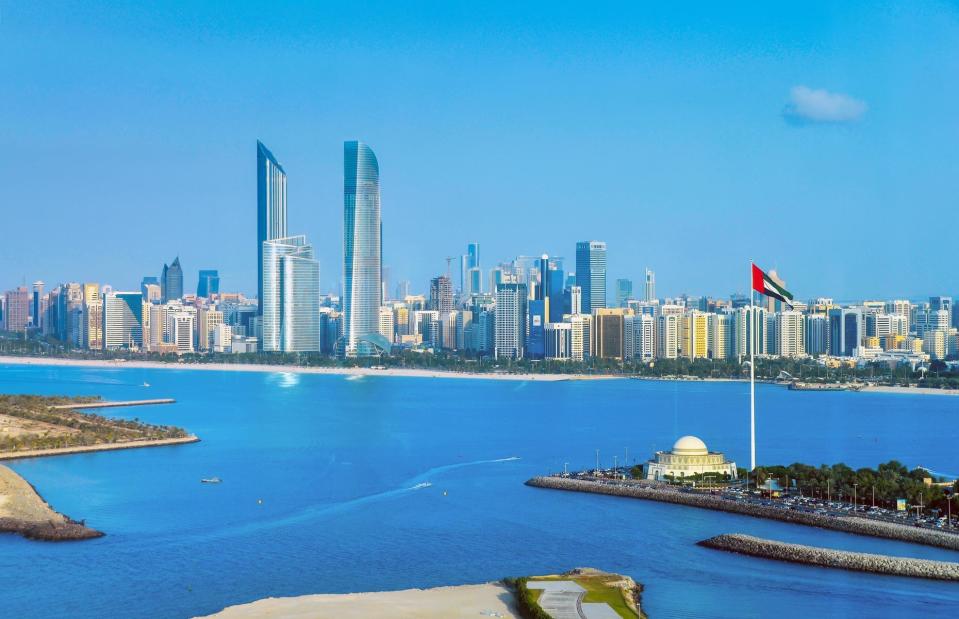
PlamenGalabov/Shutterstock
Like other parts of the United Arab Emirates, Abu Dhabi enjoys sunshine almost year-round with an average of just 22 rainy days annually. In summer, temperatures can hit a high of 42°C (108°F) and they rarely fall below 20°C (68°F) in winter. Since it can get so scorching, many visitors head straight to the beach – the Corniche is easily the most famous.
Alice Springs, Australia (3,497 hours of sunshine)
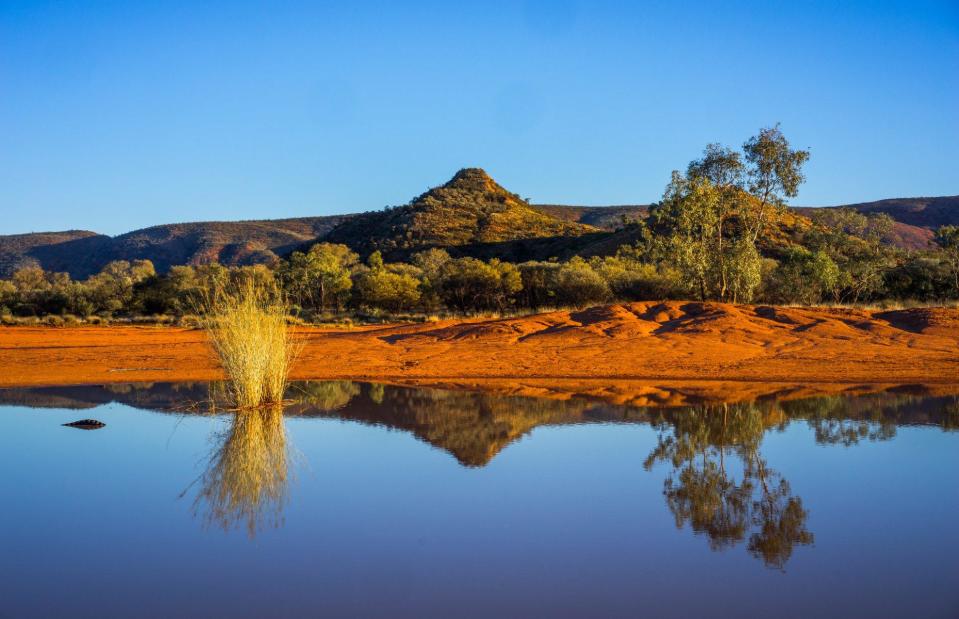
kwest/Shutterstock
A key town in Australia's Northern Territory, Alice Springs is often seen as the heart of the Outback and has just a handful of rainy days each year. There's plenty to see, including the Alice Springs Desert Park, an educational facility home to a variety of animal and plant species. Many visitors also take a trip to the area's interior desert region, the Red Centre, which is home to the famed Uluru or Ayers Rock.
Fresno, California, USA (3,564 hours of sunshine)
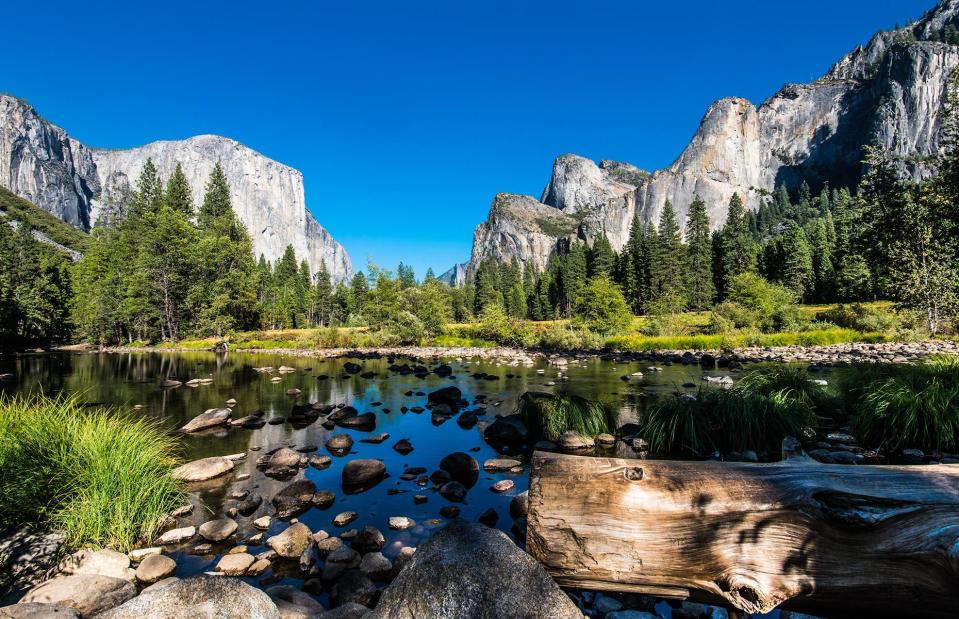
Mikhail Kolesnikov/Shutterstock
Bathed in an average of 14 hours of sunshine a day in the summer, Fresno is about as sunny as you can get. Located halfway between San Francisco and Los Angeles, the town is often a pit-stop for those travelling across America’s west coast. Those wishing to take advantage of the year-round sunshine can head to Millerton Lake State Recreation Area for swimming, hiking and watersports, or check out Yosemite National Park (pictured) nearby.
Las Vegas, Nevada, USA (3,866 hours of sunshine)

Lucky-photographer/Shutterstock
Many people that go to Vegas hide away in its casinos, but sun-seekers should stay out to make the most of the balmy weather. Receiving a whopping 3,866 hours of sunshine per year, Sin City (more like Sun City?) is the perfect place for lounging poolside, or taking day trips to the nearby desert and Red Rock National Conservation Area.

